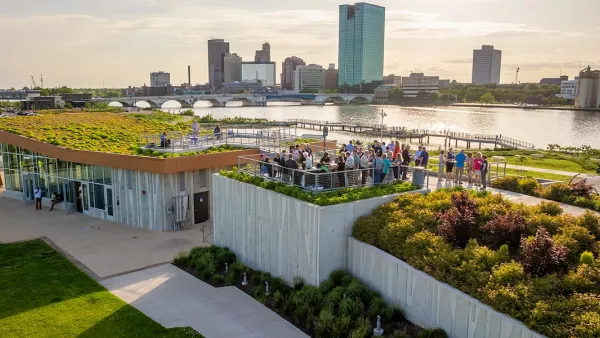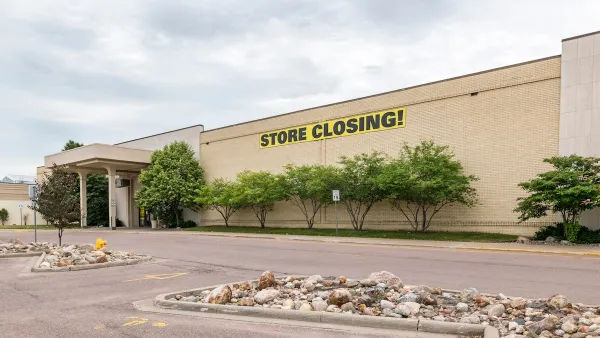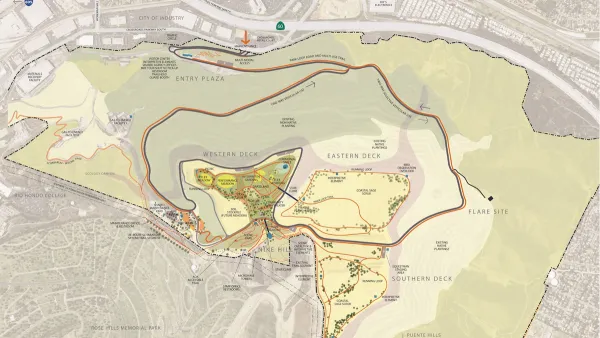Investing in soil health, urban parks, and nature-based solutions for brownfield remediation is essential for creating resilient cities, restoring ecosystems, and improving community well-being.

Urbanization and industrial growth have accelerated soil degradation, loss of biodiversity, and the proliferation of contaminated brownfields. Soil health is essential to ecosystems, serving roles in carbon sequestration, water filtration, food security, and flood control. Regenerative agricultural practices, reforestation, and composting are pivotal to restoring soil quality. Beyond agricultural benefits, healthy soil also contributes to human health, fostering stronger immune systems. By investing in soil regeneration, we pave the way for resilient and sustainable urban communities.
Urban parks act as critical green infrastructure, offering ecological, social, and economic benefits. They reduce urban heat, filter pollutants, improve air quality, and enhance biodiversity. Parks provide spaces for physical activity, mental health improvement, and community cohesion. Equitable green space strategies, such as converting brownfields into parks or employing vertical gardens, ensure that these benefits are accessible to diverse communities. By leveraging urban parks as “lungs” of cities, we can promote sustainable growth in urban environments.
Nature-based solutions, including bioremediation techniques, provide sustainable alternatives for brownfield remediation. Methods like mycoremediation and phytoremediation harness natural processes to remove contaminants while improving soil health and biodiversity. These strategies transform abandoned sites into community assets such as urban farms and green spaces. Collaboration across policymakers, private sectors, and local communities is essential to achieving these goals. By embracing the synergy between soil health, urban parks, and remediation efforts, cities can create vibrant ecosystems and healthier futures for their residents.
An upcoming webinar, “From Nature to Nurture: Ecosystem Strategies for Effective Site Clean-Up,” will explore more nature-based solutions for brownfield redevelopment.
FULL STORY: Soil Health, Urban Parks, and Nature-Based Solutions for Brownfields

National Parks Layoffs Will Cause Communities to Lose Billions
Thousands of essential park workers were laid off this week, just before the busy spring break season.

Retro-silient?: America’s First “Eco-burb,” The Woodlands Turns 50
A master-planned community north of Houston offers lessons on green infrastructure and resilient design, but falls short of its founder’s lofty affordability and walkability goals.

Delivering for America Plan Will Downgrade Mail Service in at Least 49.5 Percent of Zip Codes
Republican and Democrat lawmakers criticize the plan for its disproportionate negative impact on rural communities.

Test News Post 1
This is a summary

Test News Headline 46
Test for the image on the front page.

Balancing Bombs and Butterflies: How the National Guard Protects a Rare Species
The National Guard at Fort Indiantown Gap uses GIS technology and land management strategies to balance military training with conservation efforts, ensuring the survival of the rare eastern regal fritillary butterfly.
Urban Design for Planners 1: Software Tools
This six-course series explores essential urban design concepts using open source software and equips planners with the tools they need to participate fully in the urban design process.
Planning for Universal Design
Learn the tools for implementing Universal Design in planning regulations.
EMC Planning Group, Inc.
Planetizen
Planetizen
Mpact (formerly Rail~Volution)
Great Falls Development Authority, Inc.
HUDs Office of Policy Development and Research
NYU Wagner Graduate School of Public Service





























